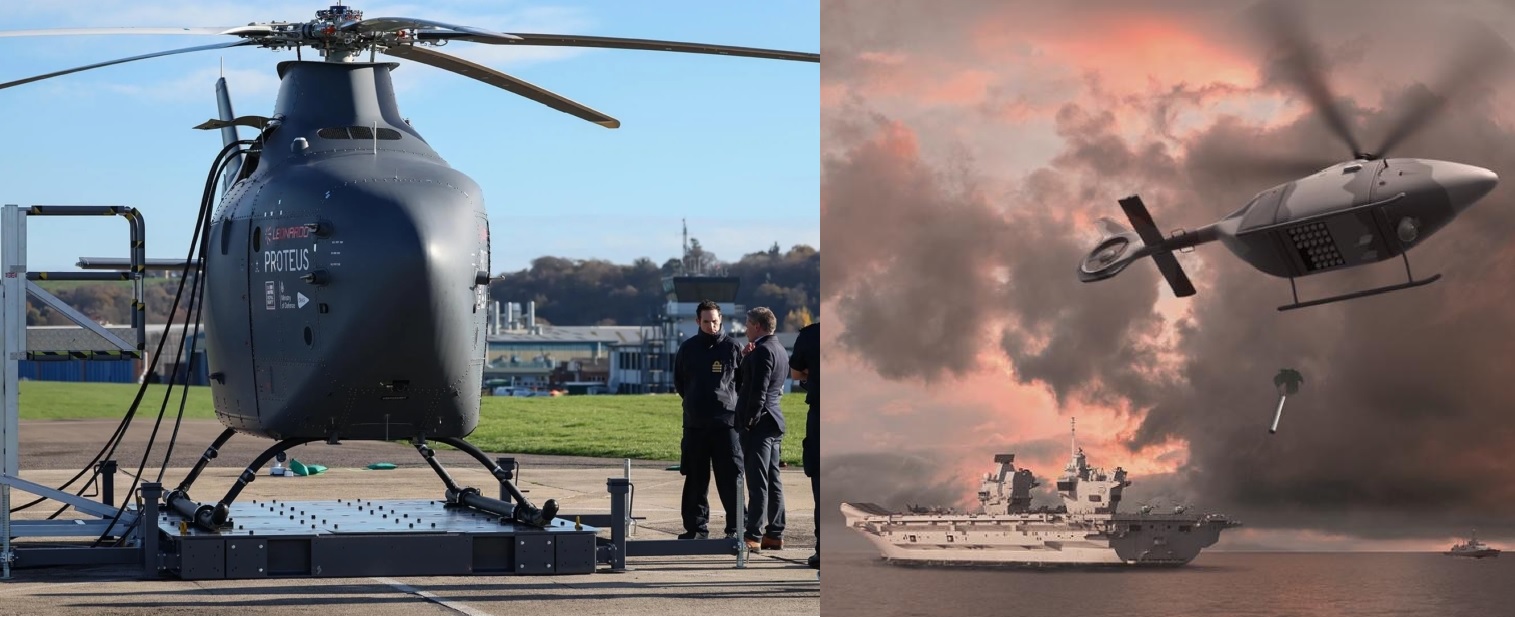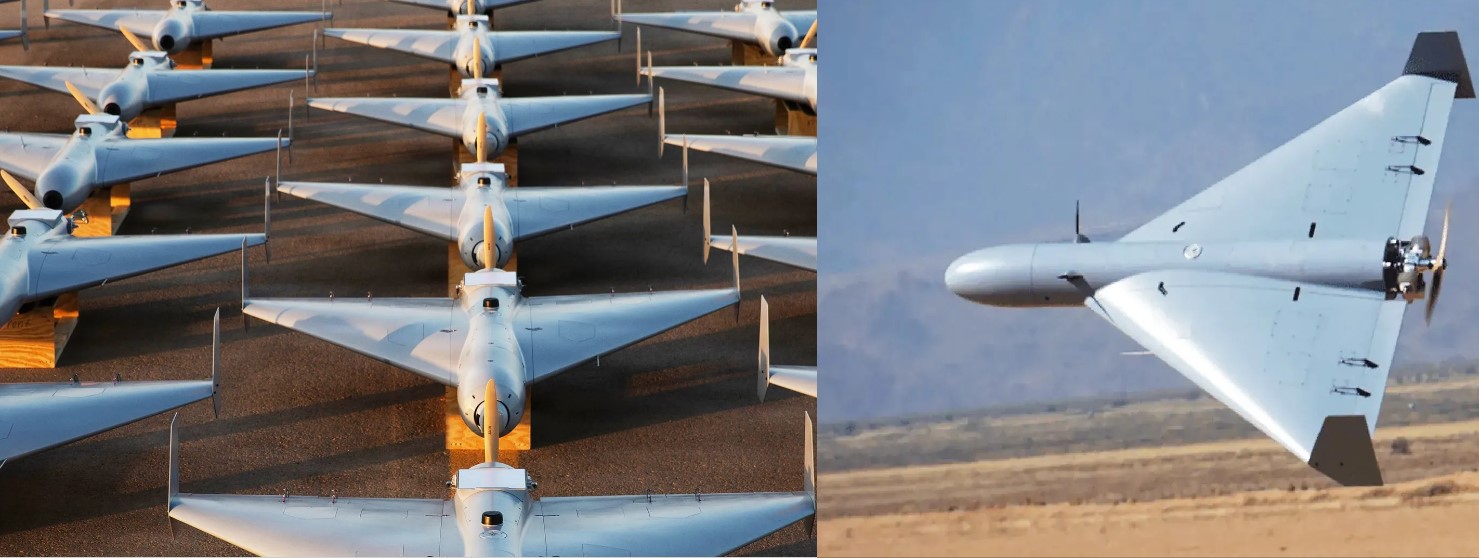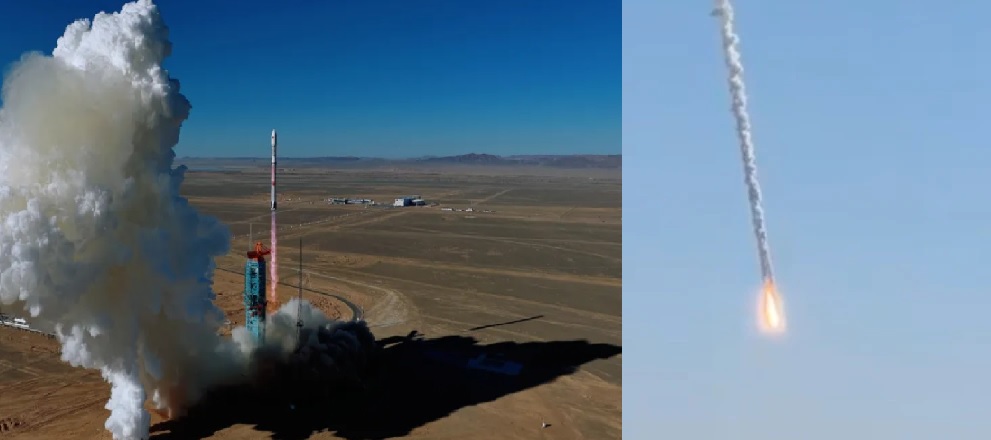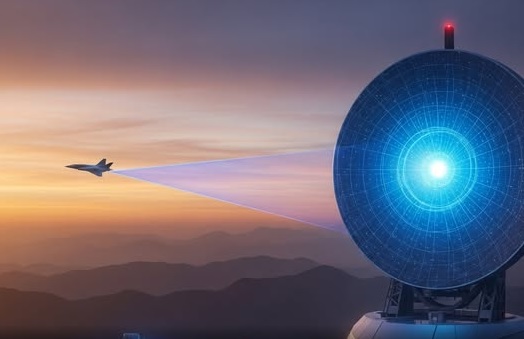DRDO Plans Powerful 10kN Manik Engine to Power India’s Future Combat Drones like CATS Warrior and MALE UAVs
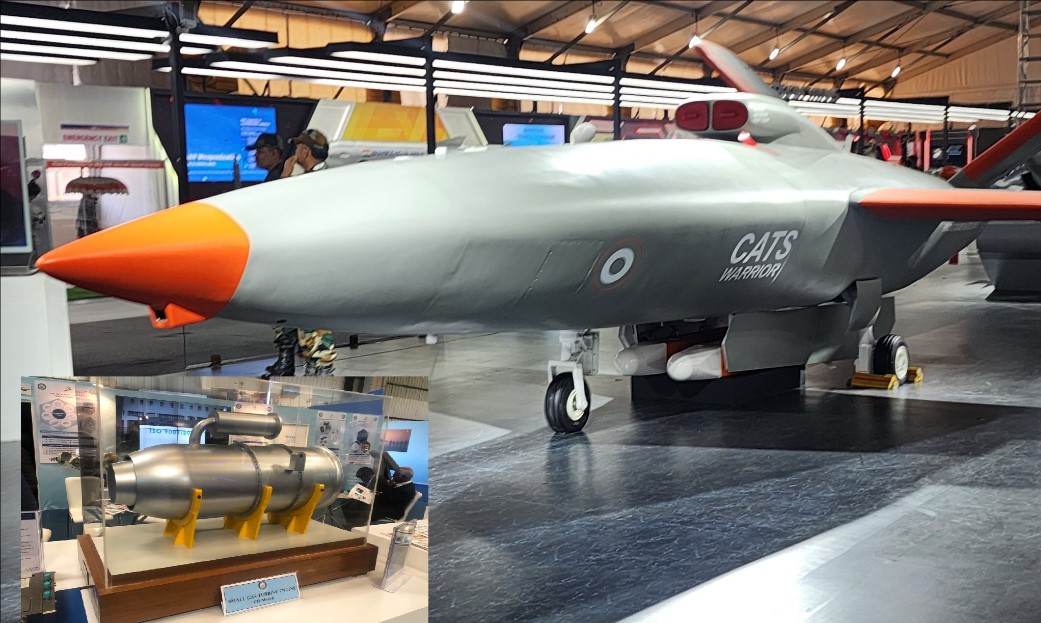
The Defence Research and Development Organisation (DRDO) explores a more powerful variant of the Manik engine—a 10 kilonewton (10kN) class turbofan engine—specifically aimed at powering next-generation military drones like the CATS Warrior and a jet-powered Medium Altitude Long Endurance (MALE) UAV.
The new 10kN engine is being proposed by the Gas Turbine Research Establishment (GTRE), a Bengaluru-based DRDO lab. It will be a scaled-up version of the current Small Turbo Fan Engine (STFE)—commonly known as the Manik engine—which currently delivers 4.5kN thrust (around 450 kgf). This existing engine has already demonstrated its reliability, having successfully powered the Indigenous Technology Cruise Missile (ITCM) during a test flight in October 2022.
While the Manik engine is primarily suited for platforms like the Nirbhay subsonic cruise missile and other small Unmanned Aerial Vehicles (UAVs), the 10kN version is designed to meet the demands of heavier and more capable unmanned systems.
With more than double the thrust, this upgraded engine will allow future drones to carry heavier weapon payloads, perform longer surveillance missions, operate at higher altitudes, and better integrate with manned fighter aircraft in combat scenarios.
Likely Platforms: CATS Warrior and MALE UAV
According to defence sources, this engine is likely being designed for two futuristic DRDO programmes:
-
A jet-powered MALE UAV, capable of long-duration surveillance missions across vast areas.
-
The CATS Warrior, an autonomous loyal wingman drone that will fly in formation with frontline fighter aircraft like the HAL Tejas and the future AMCA.
The CATS Warrior is part of the Combat Air Teaming System (CATS) initiative and is expected to play a multi-role mission profile: Intelligence, Surveillance, Reconnaissance (ISR), and strike operations. A 10kN engine would enable it to fly at 30,000–40,000 feet, match fighter jet speeds, and deliver meaningful offensive payloads, all while protecting manned jets during missions.
Building on Proven Technology
The 10kN engine will evolve from the Manik/STFE’s modular design, which includes a multi-stage axial compressor, annular combustor, and axial turbine. This proven structure will serve as the engineering baseline for the larger engine.
Critical to this development is DRDO’s parallel work on high-temperature materials, especially single-crystal turbine blades developed by the Defence Metallurgical Research Laboratory (DMRL). These blades are vital to sustaining extreme internal engine conditions, a key requirement for high-thrust turbofans.
The proposed engine effort will also complement other major Indian engine projects such as the Kaveri Derivative Engine, a 48.5kN thrust class design being tested for use on Ghatak, India’s future stealth Unmanned Combat Aerial Vehicle (UCAV).
Strategic Implications
By advancing development across multiple thrust categories—from sub-5kN for cruise missiles to over 45kN for UCAVs—India is steadily building an indigenous propulsion ecosystem for its expanding defence aviation needs. The 10kN engine fills a crucial middle slot, aimed at drones that need agility, endurance, and power without relying on foreign technology.
Despite the strong technical foundation, scaling the Manik engine to 10kN comes with challenges: achieving higher thrust without sacrificing fuel efficiency, managing weight, and ensuring reliability in combat conditions. Past engine programmes have suffered due to funding gaps and inconsistent user commitment, especially from the Indian Air Force and Navy.
To succeed, the new 10kN engine programme will require steady financial support, timely testing, and strong end-user engagement. But if successful, it will mark another significant milestone in India’s journey towards defence self-reliance, especially in the critical field of aero-engine technology.
With the proposed 10kN Manik engine, India is aiming to give its future military drones the power, endurance, and autonomy to meet 21st-century battlefield needs—all built at home.
✍️ This article is written by the team of The Defense News.
